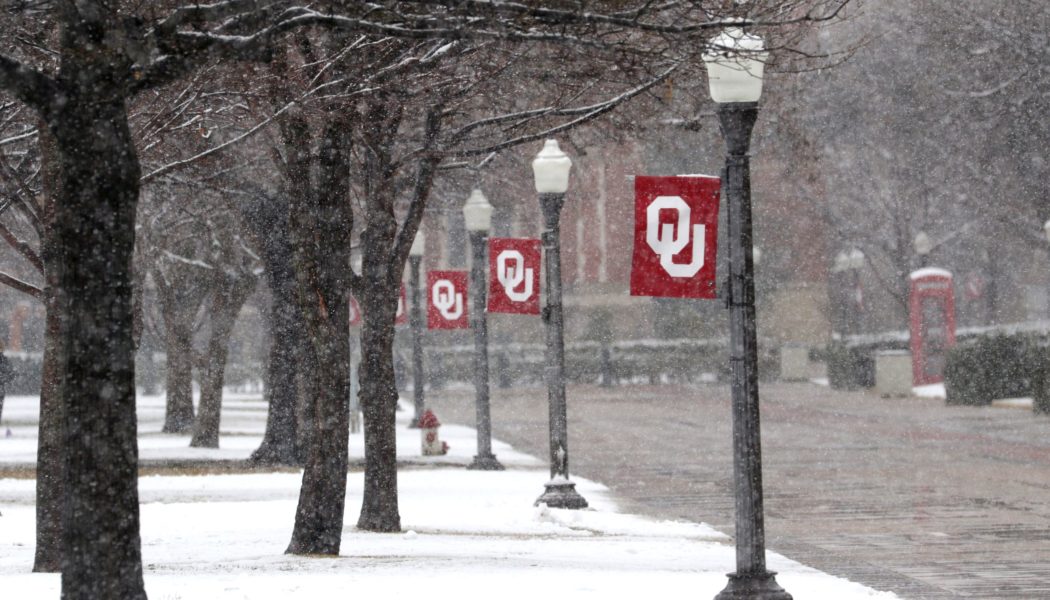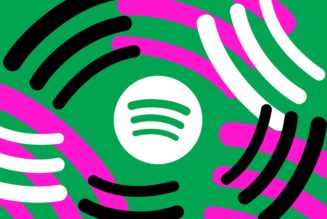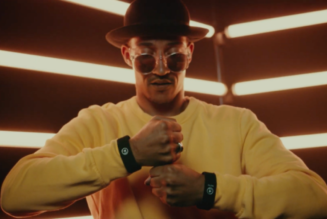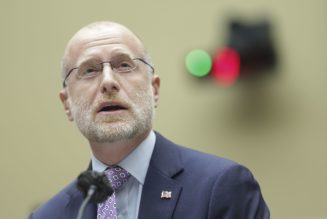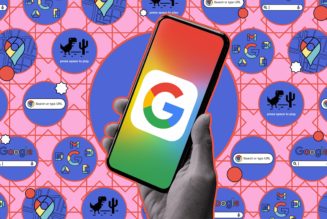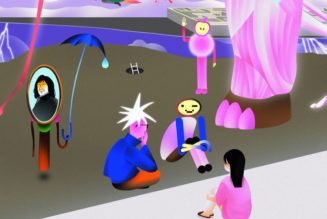State universities across the US are banning TikTok on their campus networks. Students are not at all concerned.
Share this story
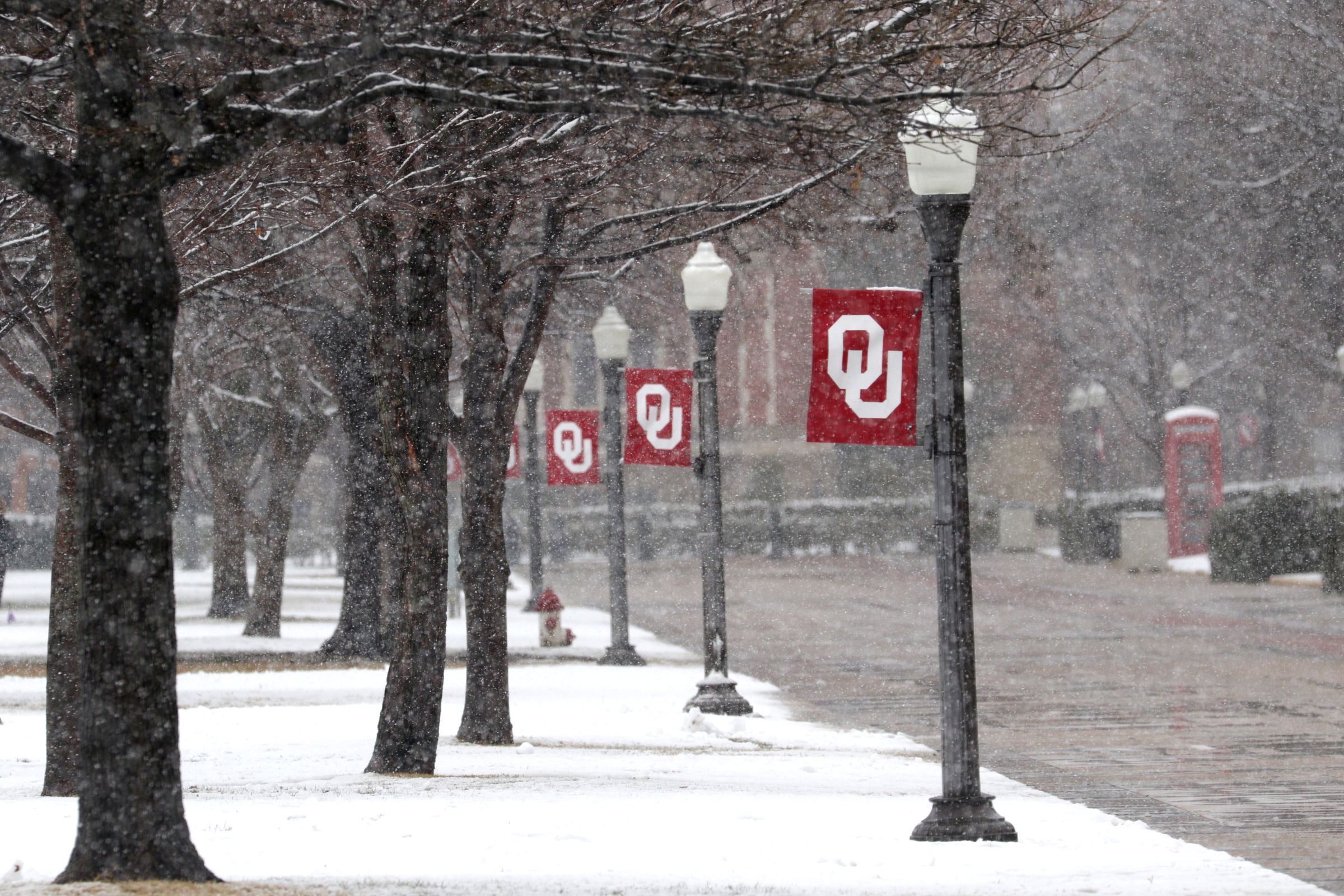
When he first read the email announcing that public universities in Texas had been asked to ban the use of TikTok on their campuses, UT Dallas student Eric Aaberg feared the worst. As a full-time content creator with over 10,000 followers on the platform, the app was central to his life. Would he be forced to delete it? Would he be punished if he were caught using it?
“I was like, ‘Oh my gosh, are you serious?’” Aaberg recalls. “That’s so BS. There’s no way.”
Then he learned the reality. UTD was making TikTok inaccessible on its campus-provided networks. For him, that was the extent of the ban.
Aaberg immediately relaxed. “I was like, ‘Oh, that’s nothing,’” he says.
Texas is one of over thirty US states that have enacted restrictions on the use of TikTok. The complaints, broadly, have to do with the app’s alleged ties to China. “Owned by a Chinese company that employs Chinese Communist Party members, TikTok harvests significant amounts of data from a user’s device, including details about a user’s internet activity,” Texas Governor Greg Abbott said when announcing the ban.
Some of the restrictions, such as the one Montana Governor Greg Gianforte signed a few months ago, are far-reaching, stipulating broadly that TikTok may not operate within the state. That law is set to take effect next year.
But for most — Texas included — the restrictions extend merely to government entities. Agencies have been tasked with eliminating the use of the platform on state-issued devices (as well as personal devices used for state business) and Wi-Fi networks. Those agencies include state universities.
Bans like those of Montana and Texas have been met with major opposition online and in court. “The law creates a prior restraint on expression that violates the First Amendment, depriving Montanans of access to a forum that for many is a principal source for knowing current events,” reads one such lawsuit, which also argues that TikTok users, were the ban to move forward, would suffer “irreparable harm.”
And for faculty at universities like UTD, the bans can be disruptive and career-damaging. The Knight First Amendment Institute recently filed to expedite a suit against the Texas law, which it says has hurt professors’ ability to conduct research on a social media juggernaut — including on some of the very topics that have lawmakers worried, like disinformation. Faculty in Texas are expected to keep TikTok off any device they use for university business, including school-issued laptops and phones. That makes it difficult to conduct large-scale research of the platform or cite individual videos in class. “The TikTok ban has imposed profound burdens on my teaching and research,” wrote University of North Texas professor Jacqueline Vickery, whose work covers online media literacy, in a supporting brief.
TikTok has sued. Users have sued. The ACLU and other free speech advocates have filed briefs. In many ways, the laws stand at the forefront of rising geopolitical tensions between China and the West and at the center of evolving domestic debates around the balancing of liberty and national security.
But among college students — by far the demographic who use the app the most — the reaction has been much more subdued. It’s best summed up, students say, as a collective eye roll and a quick jump into the Settings app.
Thomas Pablo, a sophomore at the University of Oklahoma, describes the day his school announced a TikTok ban as an utter non-event.
“It was just another Monday,” he recalls.
It happened suddenly — one day, TikToks loaded in the app and in mobile browsers, and the next day, they didn’t. But Pablo and all of his friends knew instinctively what to do: turn off the Wi-Fi and use data. For the past several months since the ban, he’s been switching his phone’s internet on and off around four times per day. Others he knows do it much more often.
Pablo never discussed or brainstormed methods with other students, nor did he hear any outcry about the new restriction. The student body, quietly, in unison, added Wi-Fi toggling to their daily routine. “Everyone was so nonchalant about it,” Pablo says. “They really just did not care.”
“There wasn’t a whole lot of pushback, aside from a lot of grumbling and groans,” says Ana Renfroe, a sophomore at Texas A&M. Some of her professors are still showing TikToks in class. They’ll just ask students to download the videos at home she explains, or will upload them to another platform like Instagram Reels.
Ethan Walker, a senior at East Tennessee State University, feels the same way. “I just turn off my Wi-Fi, and it just loads right off the bat,” Walker says. “It’s a really easy workaround.”
Walker understands, to an extent, where the state of Tennessee is coming from. He did a lot of research when the ban was first announced, and he admits that the app’s data collection scares him. Nevertheless, TikTok is so central to his campus’s culture that he doesn’t feel that he can leave. “To be involved in social life, you have to be at least versed in some of the TikTok trends,” he says.
Walker now turns his Wi-Fi on and off around five times a day. It was a routine that took some adjusting; he’d sometimes forget that his Wi-Fi was off and end up using data all day. But he’s used to it now. If he wants to open TikTok, his fingers navigate to Wi-Fi settings automatically. “It’s honestly just part of my routine,” he says.
This experience is a common one at ETSU — Walker doesn’t know a single person who has given up the app. “It’s like trying to ban meth,” he explains. “Of course people are going to find meth.”
The influx of students rushing to data networks may be having some impact on their speeds. Virginia banned TikTok over the summer. Jackson Moyer, a senior at Virginia Tech, doesn’t use TikTok himself but has found the university’s data network to be abysmally slow since he returned to campus for the fall semester. New students couldn’t figure out the bus system because the navigation app wouldn’t load. GroupMe messages wouldn’t go through. He recently tried to open a PDF during a class change when crowds of students were streaming between buildings and found that he couldn’t. He asked a friend to try — the friend couldn’t load it either.
“It was a pretty high-resolution PDF, but like, I expect to be able to load a PDF on my phone,” Moyer complains.
Cellular data is notoriously slow in crowded areas. That’s why carriers often install extra network-boosting equipment at major sporting events, and it was a big reason behind the push for 5G at large gatherings like the NFL Draft, which see tens of thousands of fans trying to stream on such networks at once. The extent to which campus TikTok streaming might impact such speeds is difficult to prove; Virginia Tech has around thirty-seven thousand attendees, which may not provide comparable demand to the audience of a large stadium.
Still, other students have also reported seeing congestion, particularly in the early days of their campuses’ TikTok bans. For a while, Pablo had trouble getting Spotify tracks to play. “I do remember it noticeably being slower,” he says. “It was just kind of a mild nuisance.”
“In the library, it’s getting bad,” Walker says. “The data has gotten noticeably worse there.” (Reached for comment, representatives from OU and ETSU said they were not aware of the issue. Virginia Tech did not respond to a request for comment by press time.)
Still, the only time where the TikTok bans present a true obstacle is in areas with no cell service. Renfroe is an editor for her school’s student newspaper, which means she has to spend quite a bit of time working in a basement office where she doesn’t get signal. There, she has to employ an absolute last resort to entertain herself: Instagram Reels.
It’s not the same. “I wouldn’t describe Instagram Reels as containing peak comedy,” she explains ruefully — jokes and trends that originate on TikTok will often take “like, three months” to make their way over. “It’s just something to watch.”
Other students have turned to VPNs. The cellular networks on UT Dallas’s campus are too slow for Aaberg’s purposes. He’s been using Cloudflare’s 1.1.1.1 VPN to access TikTok, and he loves it. He’s trying to convince his friends, many of whom have made jumped to Instagram Reels, to do the same. It’s been a tough sell. “I’m like, girl, just download a VPN, it’s not that hard,” he says. But, he concedes, “most of my friends don’t even know what VPN stands for.”
The future of TikTok bans is uncertain. The numerous suits against them argue that the rules constitute an overly broad and unjustified First Amendment limit; in 2020, a series of court rulings blocked former President Donald Trump’s early attempts to ban the app nationwide.
The Knight First Amendment Institute has asked a judge to immediately exempt Texas faculty from the restrictions while a larger legal challenge is ongoing. “These bans are impeding vital research about one of the most important communications platforms today,” staff attorney Ramya Krishnan tells The Verge. If states want to prevent potential privacy harms, Krishnan says, they should consider tightening the rules on domestic data brokers — who quietly sell much of the same information TikTok hawks fear might leak to China, no ByteDance app required.
At this point, however, many students have been living without TikTok on Wi-Fi for weeks to months. If switching to data and braving slow speeds was annoying, it’s now become routine. “I definitely miss it,” Renfroe says of the TikTok-on-Wi-Fi days. But, “we’ve already settled into it. We’ve kind of been living with it now for two semesters. It’s not exactly at the forefront of my mind.”
